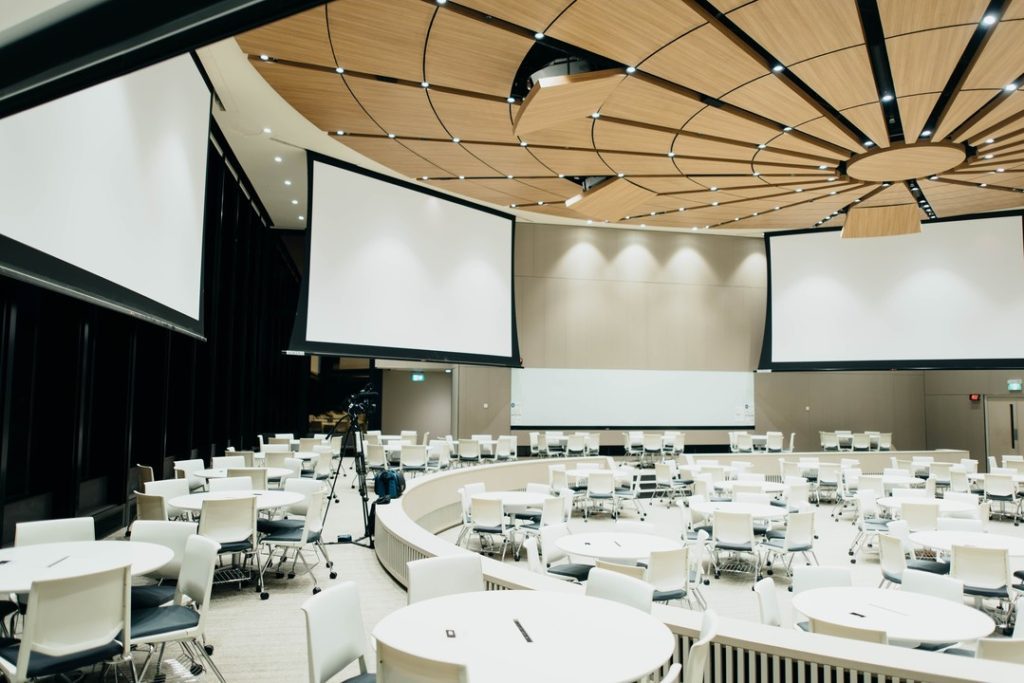Amidst the great resignation, companies everywhere are upping their game, adding value for current employees and job candidates in order to retain or attract talent. Opportunities to learn new skills are often highlighted among the options employers are offering. Whether a perk or a necessity, professional development is key in today’s competitive landscape.
At the same time, live events continue to take place remotely or in a hybrid environment. So the question becomes, how can employers use the technology that sprung to prominence over the last two years to provide high-quality professional development programs in 2022?
Outline goals and how to implement them
The goal of any professional development program is to enrich the knowledge and capabilities of the people attending. Within that goal are objectives that will determine the type of technology tools and platforms an organizer will need. For example, if the session will include collaboration or real-time feedback, using a video conferencing platform that supports chat boxes and polling would be the best choice. Likewise whiteboard applications for live collaboration. For physical demonstrations of a product or technique, specialized equipment like a PTZ camera – Pan, Tilt, Zoom – can replicate the in-person experience of watching something in action.
Think like an attendee and be creative
We’ve all sat through our share of Zoom meetings and know the fatigue that can kick in. To hold attention, think of ways to break up the content. Pre-recorded speakers and other recorded videos interwoven throughout a presentation go a long way in keeping things interesting. If there still needs to be long sections of talking from one person, employing multiple cameras can break up the “talking head” zone. Much like on the nightly news, this subtle switch back and forth can signal transitions between topics, or simply keep things moving in an energized way.
Enlist support and take a run-through
Producing any sort of content in the digital space requires multiple operators and plenty of practice; a virtual professional development session is no different. A moderator, if at all possible, shouldn’t also be the tech support. If real-time feedback is part of the presentation, an assistant should also be on hand to manage and respond so the host can focus on the content. With a team in place, it becomes possible to run through the presentation well in advance of the real thing, working out any kinks in timing, interface, or technical challenges. If you have an in-house tech person or team, even better. That way, whether a training event requires a screen share, online poll or session recording, everyone is ready to go.
When planned with plenty of thought, strategy and creativity, virtual and hybrid professional development programming can be just as beneficial as traditional in-person learning and can be a flexible cost-saver as well. We know because we’ve helped plenty of clients create successful events. If you’d like the advantage of experience and expertise as you plan your next professional development session, just reach out. We got you.



